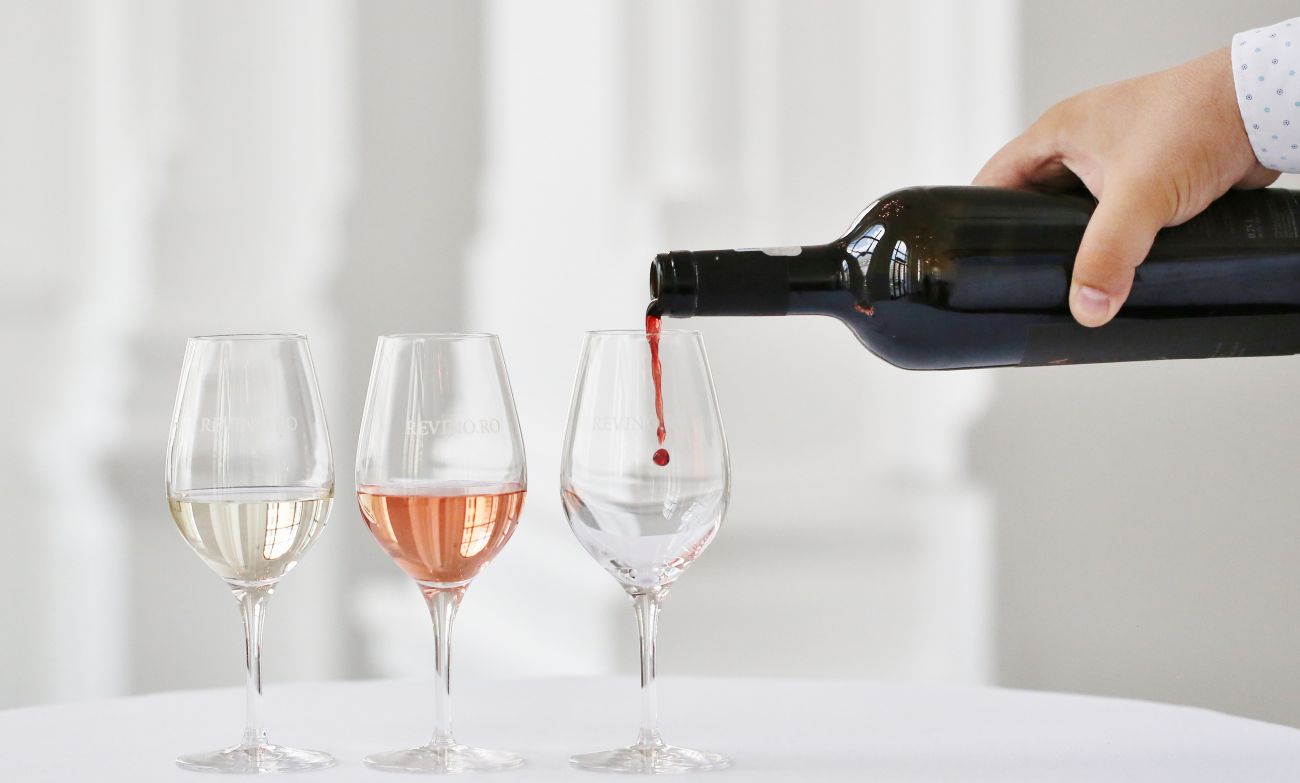Wine glasses are more than mere containers for your favorite wine; they are sophisticated instruments that can profoundly impact the tasting experience. Each type of glass is meticulously designed to accentuate specific characteristics of the wine, including its aroma, flavor, and visual appeal. Selecting the appropriate glass can elevate wine tasting to an extraordinary sensory journey.
Numerous companies produce wine glasses and decanting accessories, including Riedel, Stolzle, and Zalto. There are also what specialists call the "universal glass" on the market, as well as many glasses with innovative shapes that follow trends.

Essential characteristics of a wine glass
A wine glass must have four essential characteristics to maximize the tasting experience. These characteristics are important for allowing the wine to fully reveal its aromas and flavors:
Clarity and transparency of the glass
The glass should be clear and colorless to easily see the color of the wine. Clarity allows for an accurate visual assessment of the wine, highlighting its shades and clarity, which are important for appreciating the wine's quality.
The stem of the glass
The glass should have a long stem so that the hand does not hold the bowl, preventing the wine from warming. This is an essential characteristic, as the wine's temperature can significantly influence its aromas and flavors. A long stem allows holding the glass without affecting the liquid's temperature, keeping the wine at the ideal serving temperature.
Thin rim of the glass
The rim should be very thin to allow the wine to flow naturally onto the lips. This design contributes to a more refined and pleasant drinking experience, enabling the enjoyment of the wine's complex aromas.
Shape of the bowl
The glass should have a sufficiently large and rounded bowl to allow the wine to aerate. These are sized according to the most important international grape varieties, although there are also universal bowl shapes. The bowl allows swirling the wine, which helps release the aromas and oxygenate the wine. Aeration is essential for the complete development of the aromatic profile.

Available materials for wine glasses
Wine glasses are made from a variety of materials: glass, semi-crystal, crystal, or other materials. Crystal glasses are among the most appreciated due to their superior quality and pleasant appearance. Crystal has exceptional clarity and a distinct resonance, making them preferred in professional tastings.
In a tasting, the order is sparkling wine, then white wine, rosé, red, and dessert wine. We present the types of glasses in this order.
Types of glasses: sparkling wine glasses
Flute glass
The flute glass is narrow and tall, ideal for sparkling wines like champagne, prosecco, and Cava. Its slender shape helps maintain the bubbles and concentrates the delicate aromas of sparkling wine. It is essential for preserving effervescence and accentuating the elegance of fine bubbles. The small opening limits exposure to air, maintaining the bubbles longer and intensifying the freshness sensation.
Coupe glass
With a wide and shallow bowl, the coupe glass brings a vintage elegance. Although it does not retain bubbles as well as the flute glass, it is still used for special occasions, adding a nostalgic charm. This type of glass is suitable for cocktails and sparkling wines served in a festive setting. Its open shape allows aromas to release quickly but reduces the lifespan of the bubbles.
If sparkling wine glasses are not available, a universal glass or a white wine glass can also be a suitable choice.
Types of glasses: white wine glasses
Chardonnay glass
The Chardonnay glass has a smaller bowl than a red wine glass but is wide enough to allow the development of complex aromas of a well-matured Chardonnay. Its smaller opening helps maintain the wine's cool temperature, essential for preserving freshness and balance. The glass's shape directs the wine to the front of the tongue, amplifying fruit and acidity notes.
Sauvignon Blanc glass
Thinner and longer than the Chardonnay glass, the Sauvignon Blanc glass is designed for lighter and more aromatic white wines, such as Sauvignon Blanc and Riesling. Its shape concentrates aromas and keeps the wine at an ideal temperature, maintaining the freshness and vivacity specific to these wines. The small surface area reduces oxidation, preserving fresh and floral notes.
Types of glasses: rosé wine glasses
The rosé wine glass has a medium-sized bowl, allowing rosé wine to develop its delicate aromas. The moderate opening helps preserve the freshness and fruity aromas specific to this type of wine. This glass is ideal for highlighting notes of red fruits and citrus, typical of rosé wines. Its balanced shape maintains the optimal temperature and allows gradual release of aromas.
Types of glasses: red wine glasses
Bordeaux glass
The Bordeaux glass features a large and tall bowl with a relatively wide opening. This shape allows full-bodied red wines, such as Cabernet Sauvignon, Merlot, and Syrah, to oxidize, helping to open complex aromas and soften strong tannins. The elongated shape directs the wine to the center of the tongue, where the fruity taste is most perceptible. Intense oxidation through the large surface area contributes to developing aromatic notes and softening the taste.
Burgundy glass
Larger and rounder than the Bordeaux glass, the Burgundy glass is ideal for more delicate red wines, such as Pinot Noir. Its wide shape and rounded bowl allow the wine to breathe and develop its aromatic bouquet. The opening concentrates aromas towards the nose, intensifying the olfactory experience. The large surface area facilitates the release of subtle aromas and highlights the wine's complexity.
Types of glasses: dessert wine glasses
Dessert wines, such as Port, Sherry, and Ice Wines, are usually served in smaller glasses with a narrow bowl. These glasses are designed to concentrate strong aromas and keep the wine at the correct temperature. Their small and elegant shape allows for the slow enjoyment of these rich and sweet wines. The small opening reduces oxidation, preserving the intensity of flavor and aroma.
Choosing the right glass for each type of wine is important to significantly enhance the tasting experience. Whether it's a large glass for a full-bodied red wine or a flute for sparkling wine, each type of glass plays a role in highlighting the unique qualities of the wine. Investing in quality glasses can transform any tasting into a memorable experience, allowing you to savor every note and aroma the wine has to offer. Discover the pleasure of tasting wine to its full potential by choosing the right glasses.
23/07/2024










